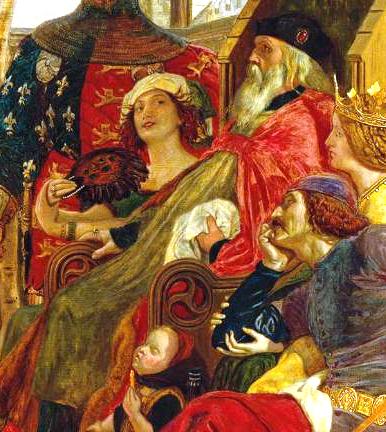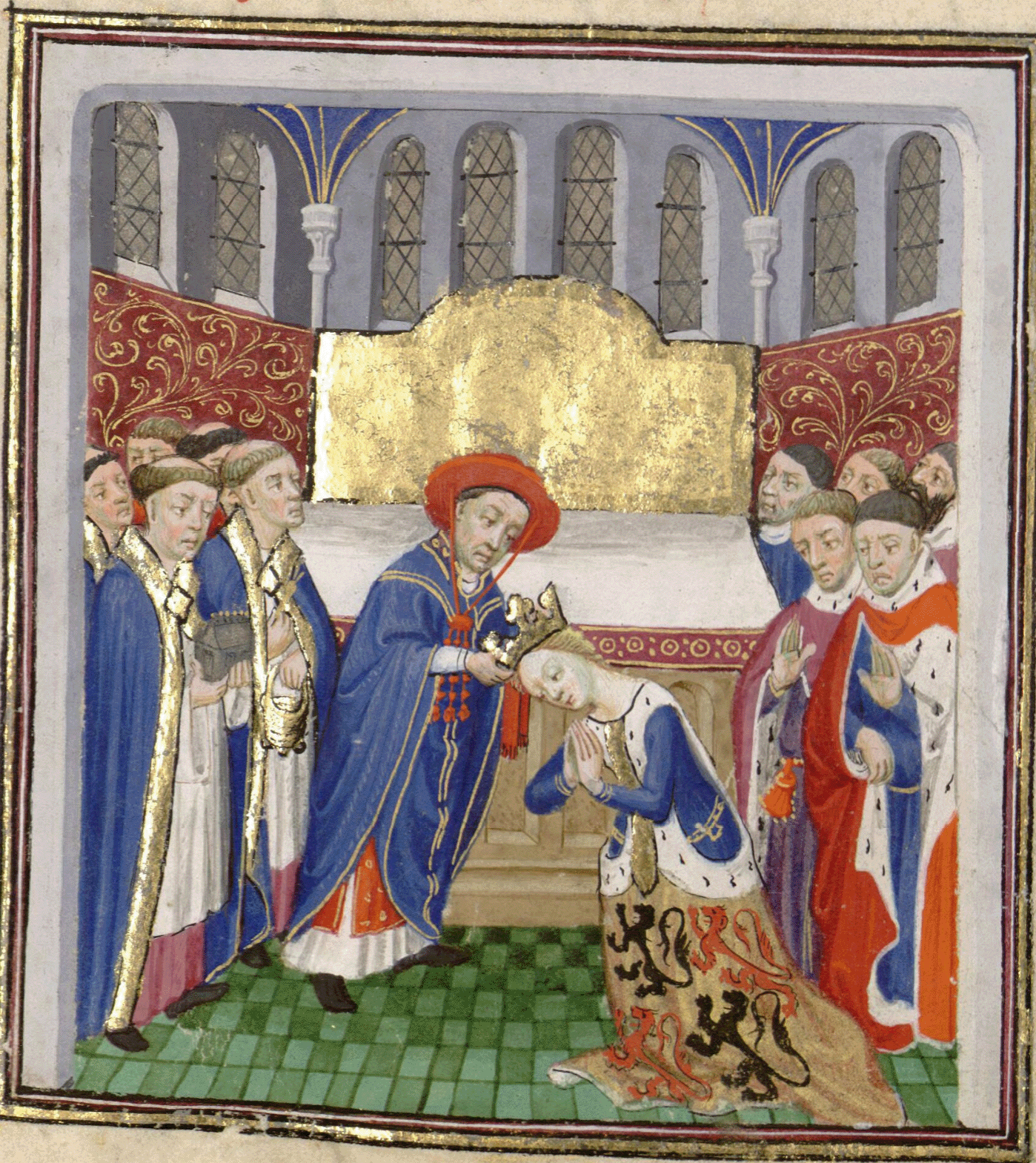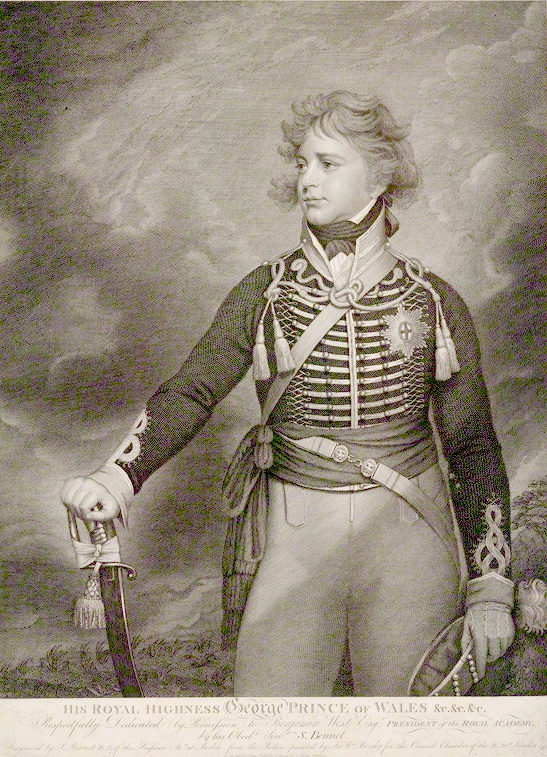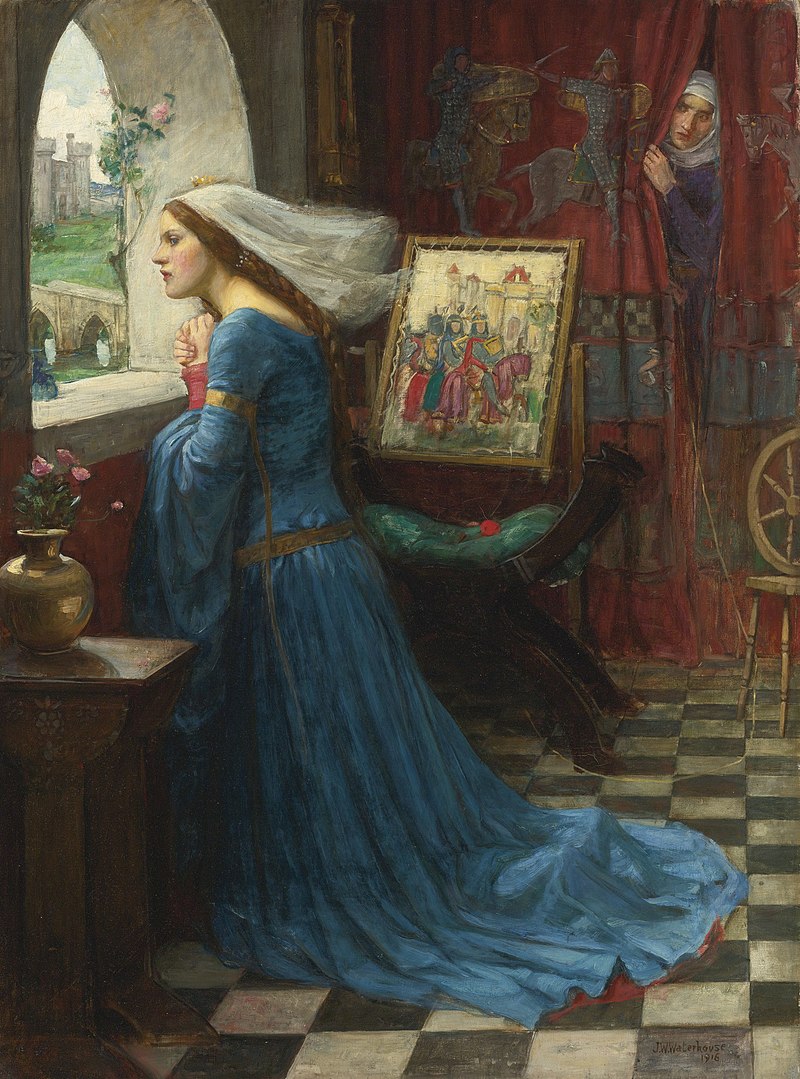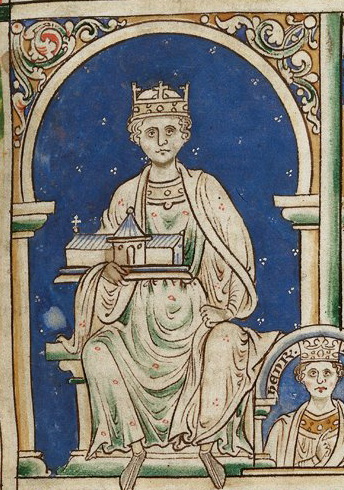by Susan Flantzer
Kingdom of Tonga: Tonga consists of 169 islands, of which 36 are inhabited, in the south Pacific Ocean, about 1,100 miles/1,800 kilometers northeast of New Zealand’s North Island.
Tonga has long been a monarchy and by the 12th century, Tonga and its Paramount Chiefs had a strong reputation throughout the central Pacific Ocean. Tonga became a kingdom in 1845 and has been ruled by the House of Tupou. From 1900 to 1970, Tonga had a protected state status with the United Kingdom which looked after its foreign affairs under a Treaty of Friendship.
The order of succession to the throne of Tonga was established in the 1875 constitution. The crown descends according to male-preference cognatic primogeniture – a female can succeed if she has no living brothers and no deceased brothers who left surviving legitimate descendants.
*********************

Queen Sālote Tupou III of Tonga; Credit – Wikipedia
Famed for her stature (6 feet 3 inches, 270 pounds) and her appearance at the coronation of Queen Elizabeth II of the United Kingdom, Queen Sālote Tupou III of Tonga, the first Queen Regnant of the Kingdom of Tonga and its longest-reigning monarch, was born on March 13, 1900, at the Royal Palace in Nukuʻalofa, the capital of Tonga. She was the only child of King George Tupou II of Tonga and his first wife Lavinia Veiongo. Sālote’s mother died from tuberculosis at the age of 23 on April 24, 1902.

Sālote ’s parents King George Tupou II of Tonga and his first wife Lavinia Veiongo; Credit – Wikipedia
Sālote had two half-sisters from her father’s second marriage to ‘Anaseini Takipō Afuha’amango:
- Princess ʻOnelua (born and died 1911), died from convulsions at five months
- Princess Fusipala (1912 – 1933), unmarried
As a child, Sālote was not popular in Tonga. Her unpopularity stemmed from her parents’ marriage. King George Tupou II was expected to marry Princess ʻOfakivavaʻu. However, the king wanted to marry Lavinia Veiongo who was not from the upper class and so he asked the Council of Chiefs to choose between the two women. When the majority of chiefs chose Princess ʻOfakivavaʻu, the king threatened to remain a bachelor unless he was allowed to marry Lavinia. The chiefs allowed the marriage to Lavinia to take place. However, the relationship between King George Tupou II and the rest of the country remained strained because of the rejection of Princess ʻOfakivavaʻu. Supporters of both women rioted in the streets of the capital of Nukuʻalofa, attacking each other with axes, clubs, and broken bottles. During her childhood, it was unsafe for Sālote to go outside the palace grounds.

Sālote in 1911; Credit – Wikipedia
In December 1909, Sālote was sent to Auckland, New Zealand, to start five years of education at the Diocesan High School for Girls, returning to Tonga every Christmas holiday. The month before Sālote left for New Zealand, her father married for a second time to ʻAnaseini Takipō Afuha’amango, a half-sister of the rejected Princess ʻOfakivava’u. The chiefs were jubilant and hoped for a son to displace Sālote from her place in the line of succession.

Sālote ’s half-sister Princess Fusipala; Credit – Wikipedia
After King George Tupou II’s second wife gave birth to a surviving daughter Princess Fusipala in 1912, a rival court centered around Princess Fusipala’s claim to the throne was set up by her maternal relatives against her half-sister Sālote, reviving the old rivalries between the family of Sālote’s mother Lavinia Veiongo and the family of Fusipala’s mother. After December 1914, the king ordered Sālote to stay home in Tonga as hopes for a male heir had diminished so that she could begin a course of instruction in Tongan history and customs in preparation for her future role as Queen of Tonga.
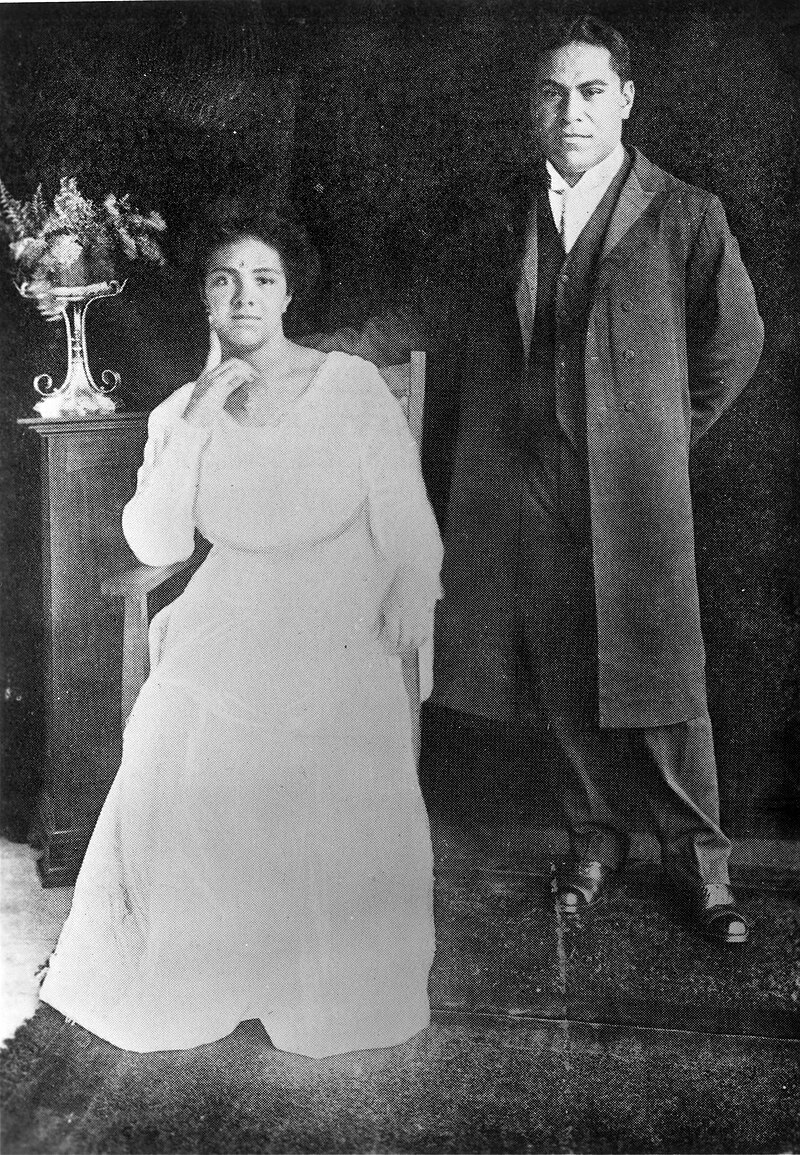
Sālote and her husband, circa 1917; Credit – Wikipedia
In 1916, King George Tupou II selected Viliami Tungī Mailefihi (known as Tungī), a Tongan high chieftain, as Sālote ’s husband. He was the son of Siaosi Tukuʻaho who had served as Prime Minister of Tonga from 1890 to 1893. On September 19, 1916, 16-year-old Sālote married 28-year-old Tungī in a Christian wedding ceremony. The traditional Tongan wedding ceremony, known as the Tu’uvala, was celebrated on September 21, 1916.

The royal family of Tonga. Front (L to R): Prince Uiliami Tukuʻaho, Prince Sione Ngū Manumataong; Seated (L to R): Prince Viliami Tungī Mailefihi, Queen Sālote Tupou III; Back (L to R): Prince Siaosi Tāufaʻāhau Tupoulahi (later King Tāufaʻāhau Tupou IV), Princess Fusipala, circa 1930; Credit – By Unknown author – Wood-Ellem, Elizabeth (1999) Queen Sālote of Tonga: The Story of an Era 1900–1965, Auckland, N.Z: Auckland University Press, pp. 144–145 ISBN: 978-0-8248-2529-4. OCLC: 262293605., CC BY-SA 2.5, https://commons.wikimedia.org/w/index.php?curid=1211166
Sālote and Tungī had three sons:
- King Tāufa‘āhau Tupou IV (1918 – 2006), married Halaevalu Mataʻaho ʻAhomeʻe, had three sons and one daughter
- Prince Uiliami Tuku‘aho (1920 – 1936), died as a teenager
- Prince Sione Ngū Manumataongo (1922 – 1999), married Melenaite Tupoumoheofo Veikune, had four daughters and two sons

Coronation of Queen Sālote; Credit – Wikipedia
On April 5, 1918, King George Tupou II died at the age of 43 and his 18-year-old daughter Sālote became Queen of Tonga. Her coronation was held on October 11, 1918, in the Royal Chapel on the grounds of the Royal Palace in Nukuʻalofa, Tonga. In November 1918, after the death of ‘Anaseini Takipō Afuha’amango, King George Tupou II’s second wife, during the influenza pandemic, Sālote assumed the guardianship of her six-year-old half-sister Princess Fusipala. Princess Fusipala died in 1933 at the age of 20 from tubercular peritonitis, a type of tuberculosis located ina part of the body other than the lungs.
In the early years of her reign, Sālote was faced with political difficulties. First, there was an unsuccessful republican movement that threatened to unseat the young queen. Then there was a schism between the two branches of the Methodist Church that resulted in the formation of the Free Wesleyan Church of Tonga, the largest Christian denomination in Tonga, often mistaken to be its state church. Sālote overcame these difficulties with the support of her husband Prince Tungī. During her reign, Sālote sought to improve the quality of life of the people of Tonga by the expansion of women’s rights and the construction of roads and health facilities. Prince Tungī served as his wife’s Prime Minister from 1923 until he died in 1941. His own experience helped him facilitate Sālote ’s role as Queen of Tonga. Tungī’s death in 1941 during World War II was a devastating blow to Queen Sālote.
Embed from Getty Images
Queen Salote Tupou III of Tonga and Sultan Ibrahim IV of Kelantan riding a horse-drawn carriage during the coronation procession of Queen Elizabeth II
In 1953, Queen Sālote brought international attention to Tonga when she attended the coronation of Queen Elizabeth II of the United Kingdom. During the coronation procession, it began to rain and coverings were placed on the carriages in the procession. Tongan custom dictates that one should not imitate the actions of the person one is honoring, and so Queen Sālote, dressed in traditional Tongan dress, a cocoanut fiber skirt and a satin rose-colored mantle, refused a covering for her carriage and rode through the rain in an open carriage with Sultan Ibrahim IV of Kelantan, endearing herself to crowds along the procession route. In December 1953, Queen Elizabeth II and her husband Prince Philip visited Queen Sālote in Tonga during their world tour of Commonwealth nations. Since then, the British royal family has remained close to the Tongan royal family.
Embed from Getty Images
Queen Elizabeth II accompanied by Queen Sālote walks over a carpet of tapa cloth to the feast house as selected women seated on the ground form a guard of honor
On November 4, 1965, Queen Sālote flew to Auckland, New Zealand for treatment of diabetes and cancer. She was admitted to the hospital on December 12, 1965, with pleurisy and her condition steadily worsened. Queen Sālote of Tonga died on December 16, 1965, at the age of 65. Her funeral was held on December 23, 1965, and over 50,000 Tongans dressed in black mourning attended the impressive funeral (see highlights below). Queen Sālote was buried at Malaʻekula, the royal burial grounds in Nukuʻalofa, the capital of the Kingdom of Tonga.
Works Cited
- En.wikipedia.org. 2020. George Tupou II. [online] Available at: <https://en.wikipedia.org/wiki/George_Tupou_II> [Accessed 7 September 2020].
- En.wikipedia.org. 2020. Lavinia Veiongo. [online] Available at: <https://en.wikipedia.org/wiki/Lavinia_Veiongo> [Accessed 7 September 2020].
- En.wikipedia.org. 2020. Sālote Tupou III. [online] Available at: <https://en.wikipedia.org/wiki/S%C4%81lote_Tupou_III> [Accessed 7 September 2020].
- En.wikipedia.org. 2020. Viliami Tungī Mailefihi. [online] Available at: <https://en.wikipedia.org/wiki/Viliami_Tung%C4%AB_Mailefihi> [Accessed 7 September 2020].
- Royal Over-Seas League (ROSL). 2018. From The Archives: Queen Salote Of Tonga. [online] Available at: <https://www.rosl.org.uk/rosl_news/517-from-the-archives-queen-Salote -of-tonga> [Accessed 7 September 2020].
- Timesmachine.nytimes.com. 1965. Salote, Queen Of Tonga, Is Dead At 65. [online] Available at: <https://timesmachine.nytimes.com/timesmachine/1965/12/16/95920444.pdf?pdf_redirect=true&ip=0> [Accessed 7 September 2020].
- Timesmachine.nytimes.com. 1965. TONGANS PAY SALOTE THEIR LAST TRIBUTE. [online] Available at: <https://timesmachine.nytimes.com/timesmachine/1965/12/24/96726736.pdf?pdf_redirect=true&ip=0> [Accessed 7 September 2020].




